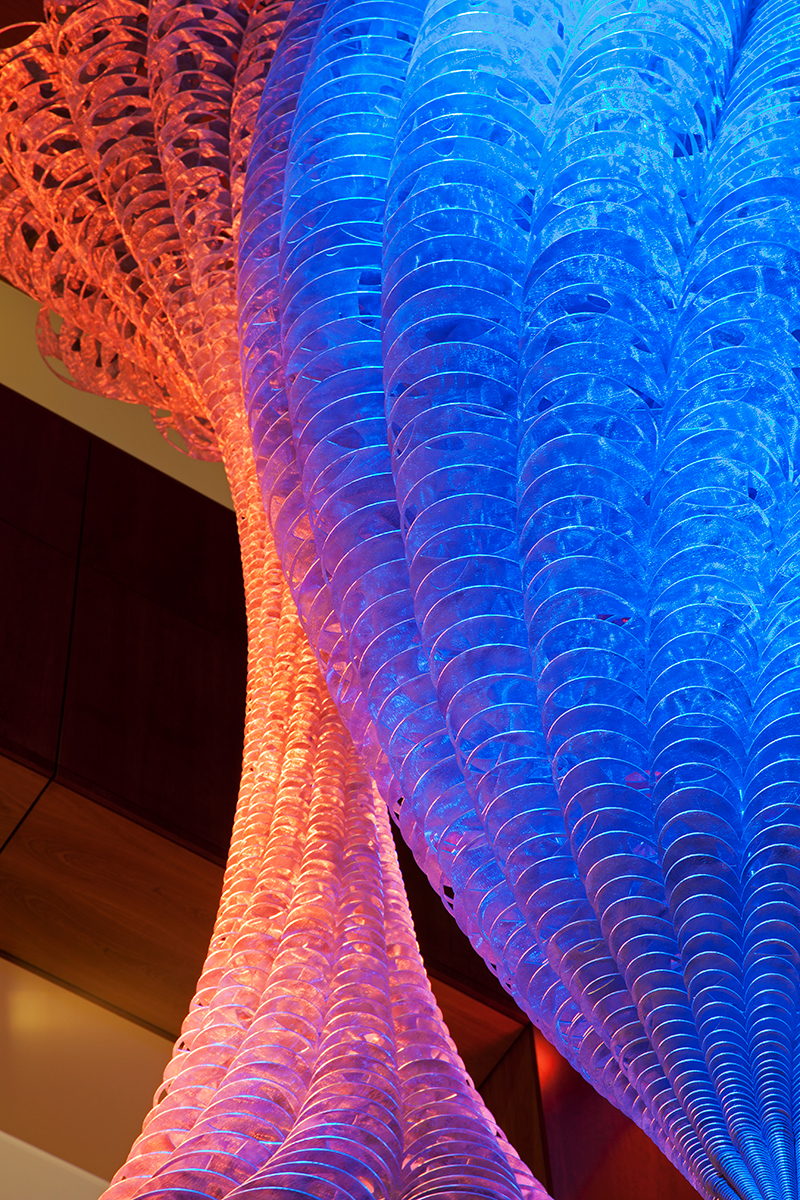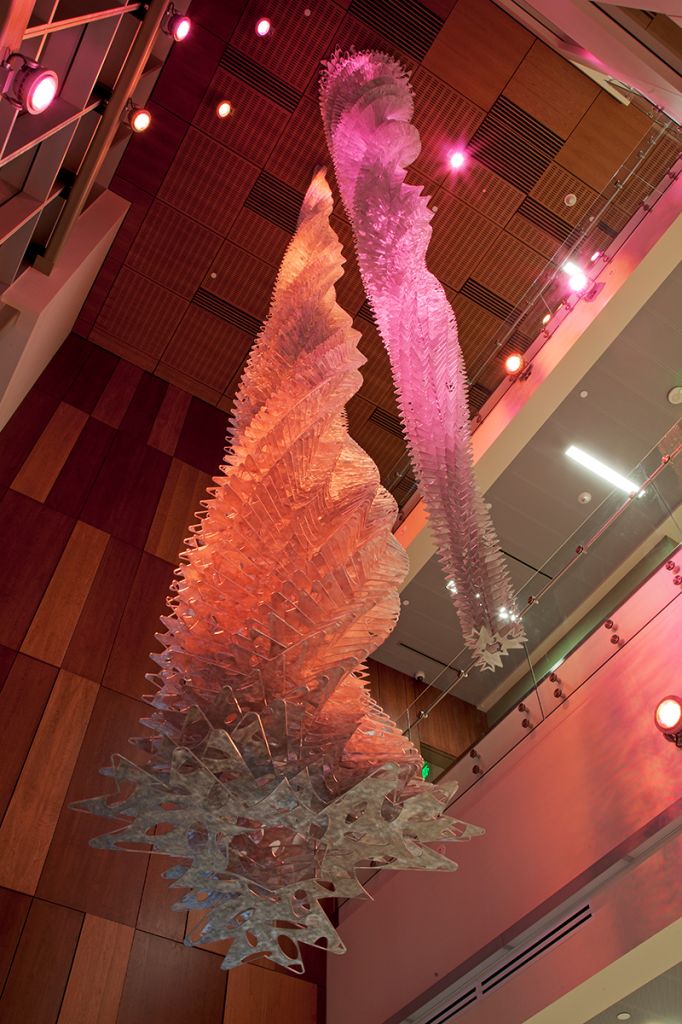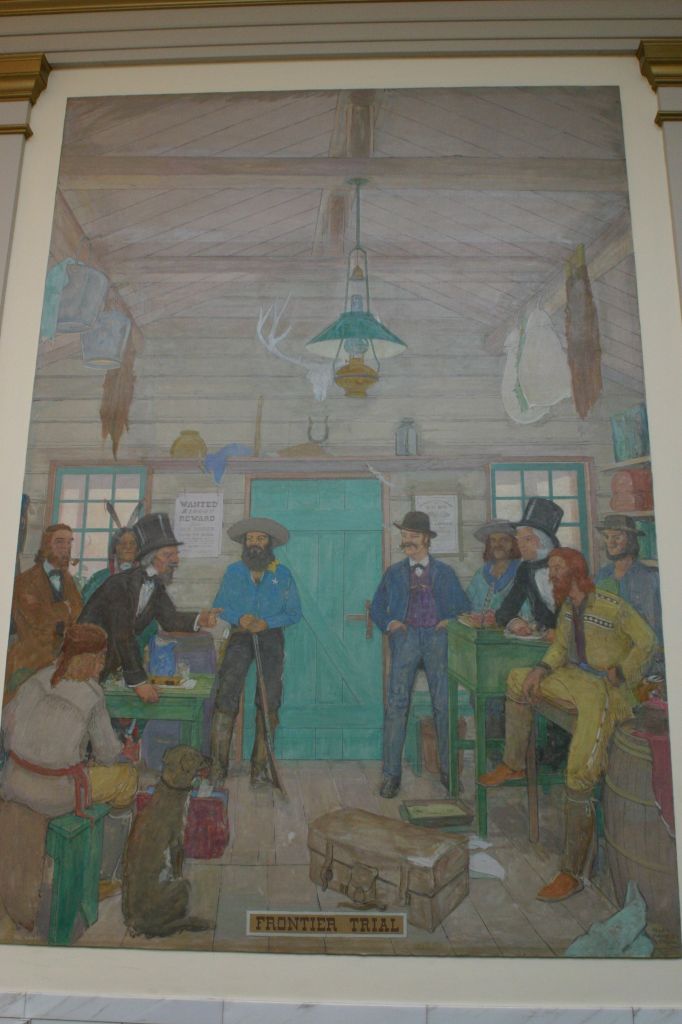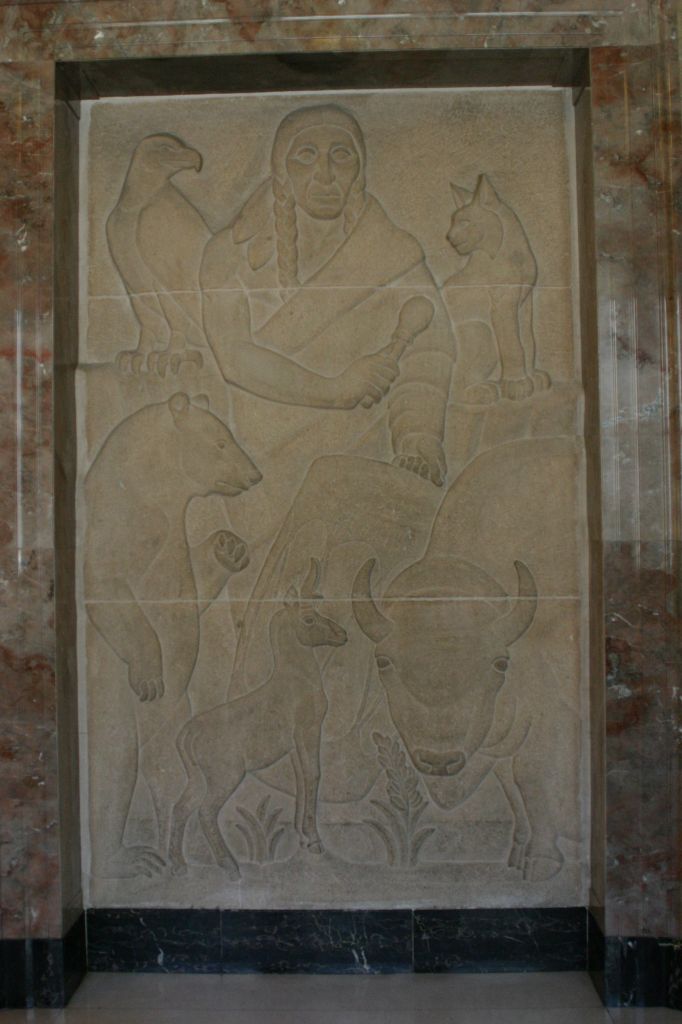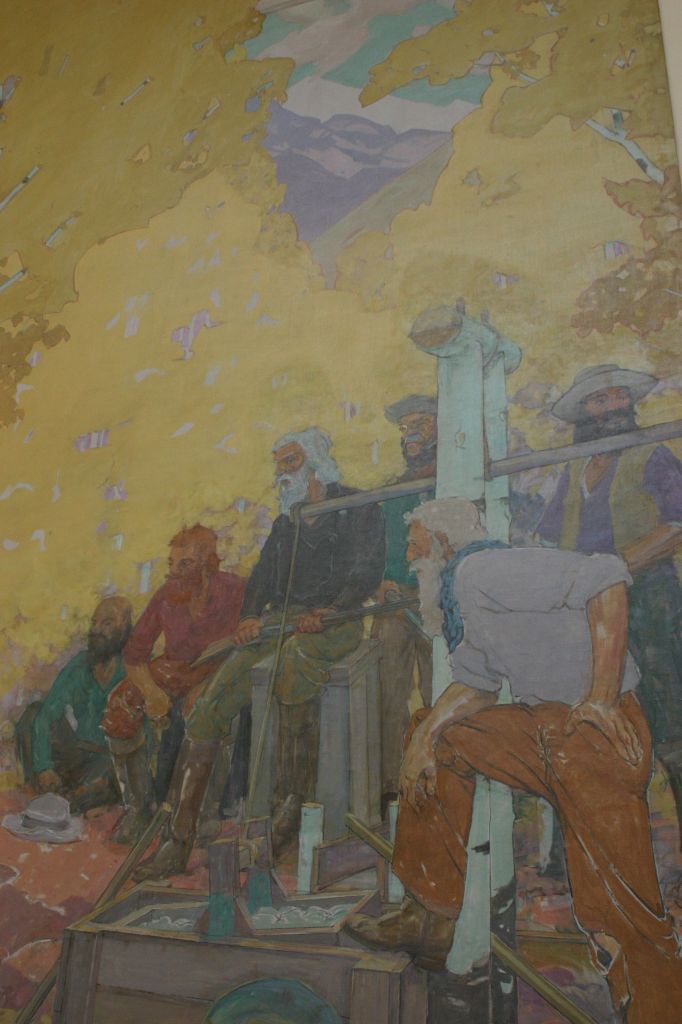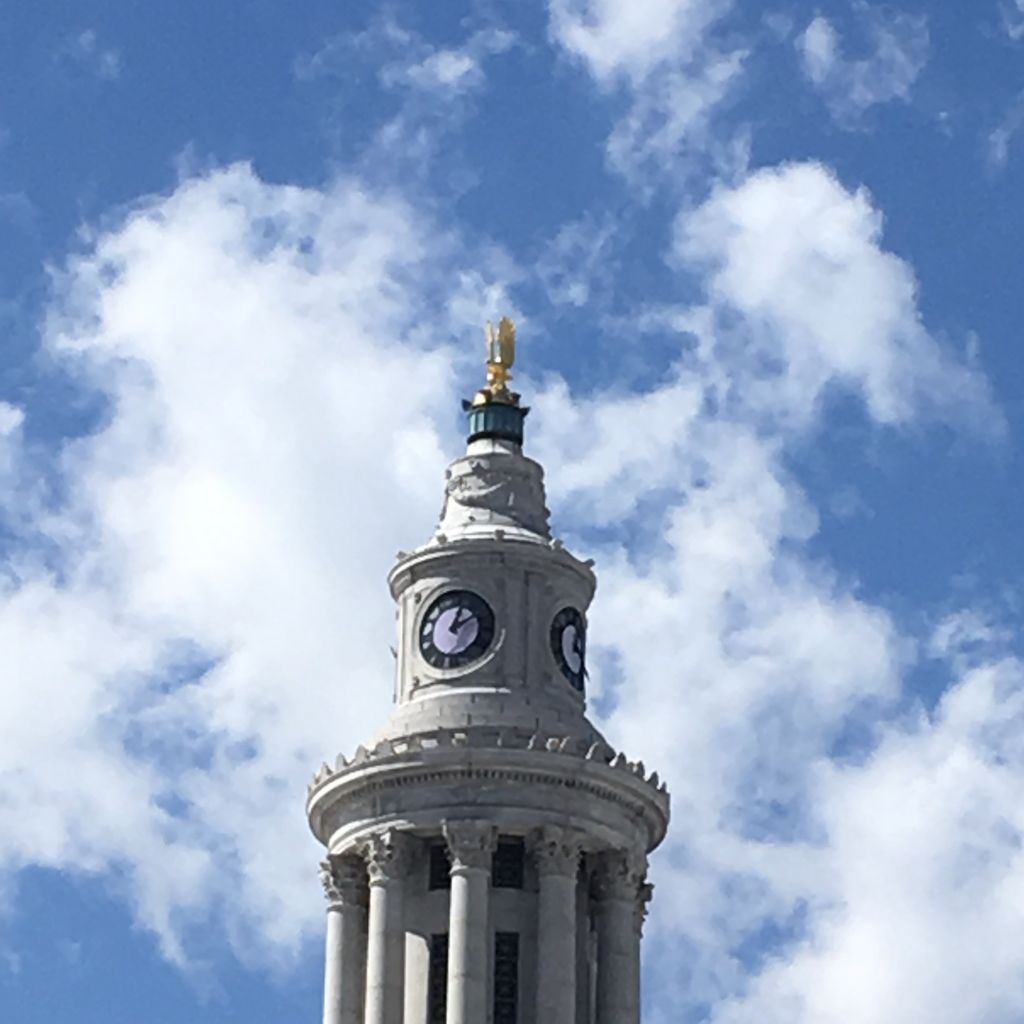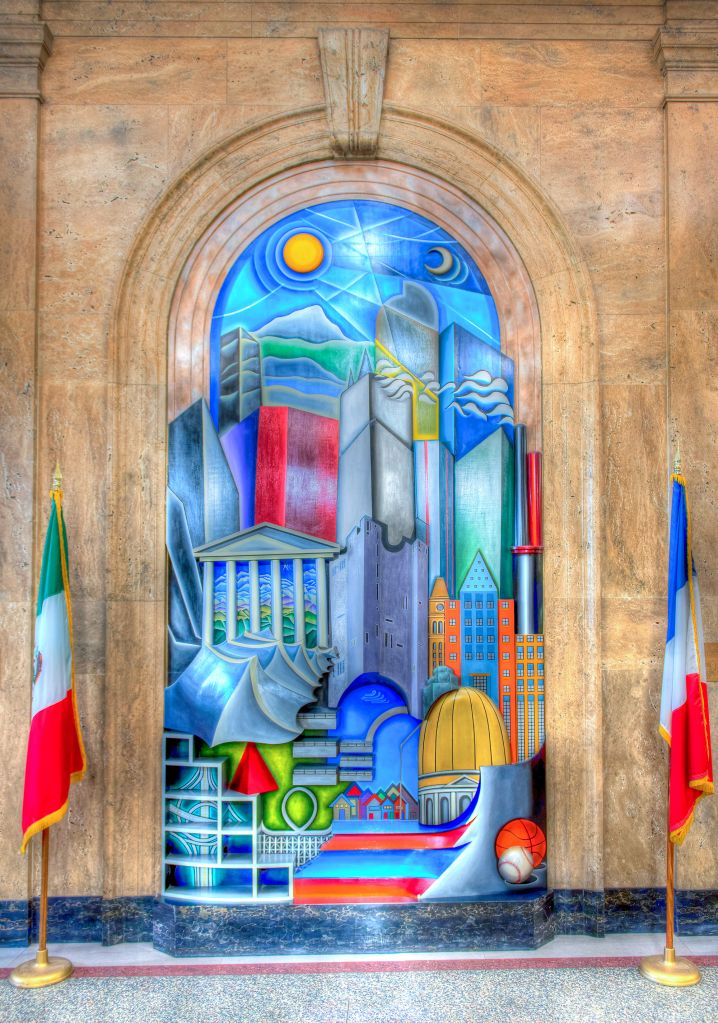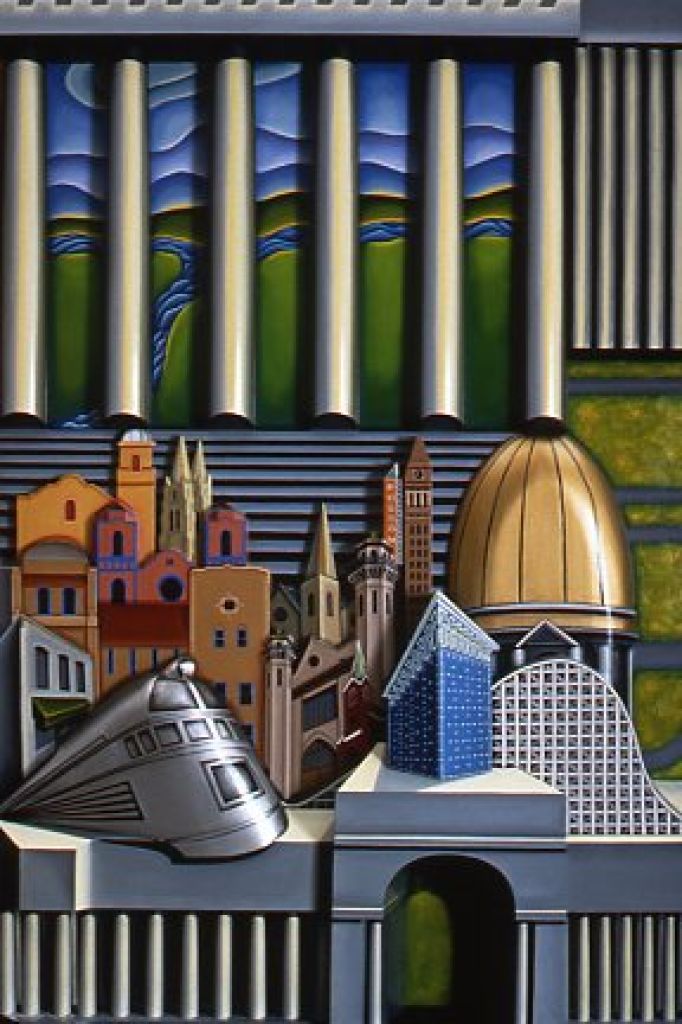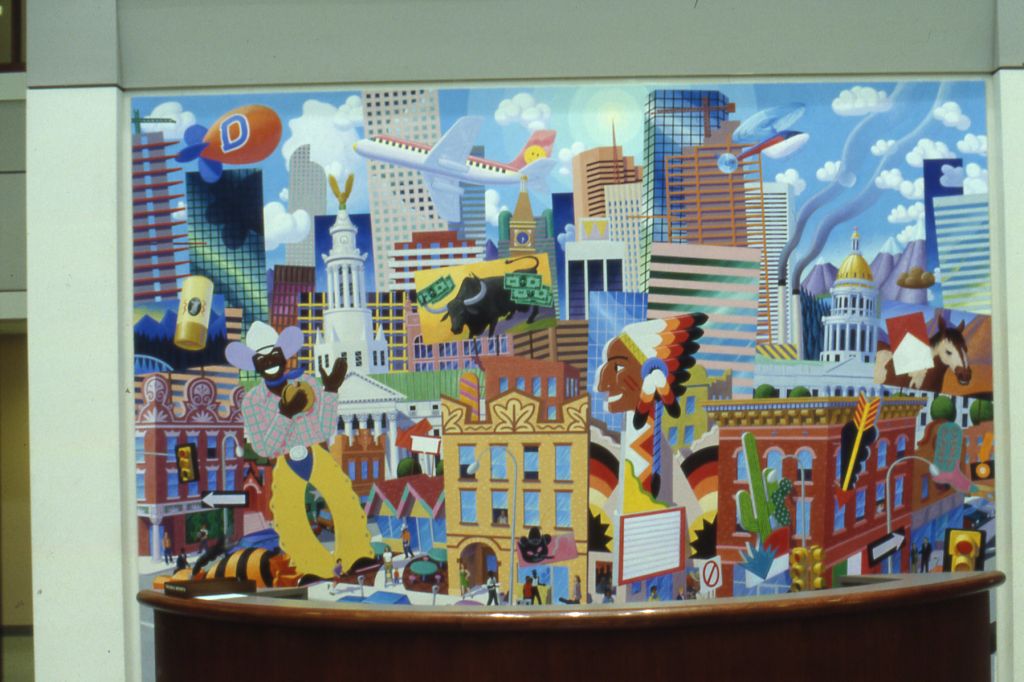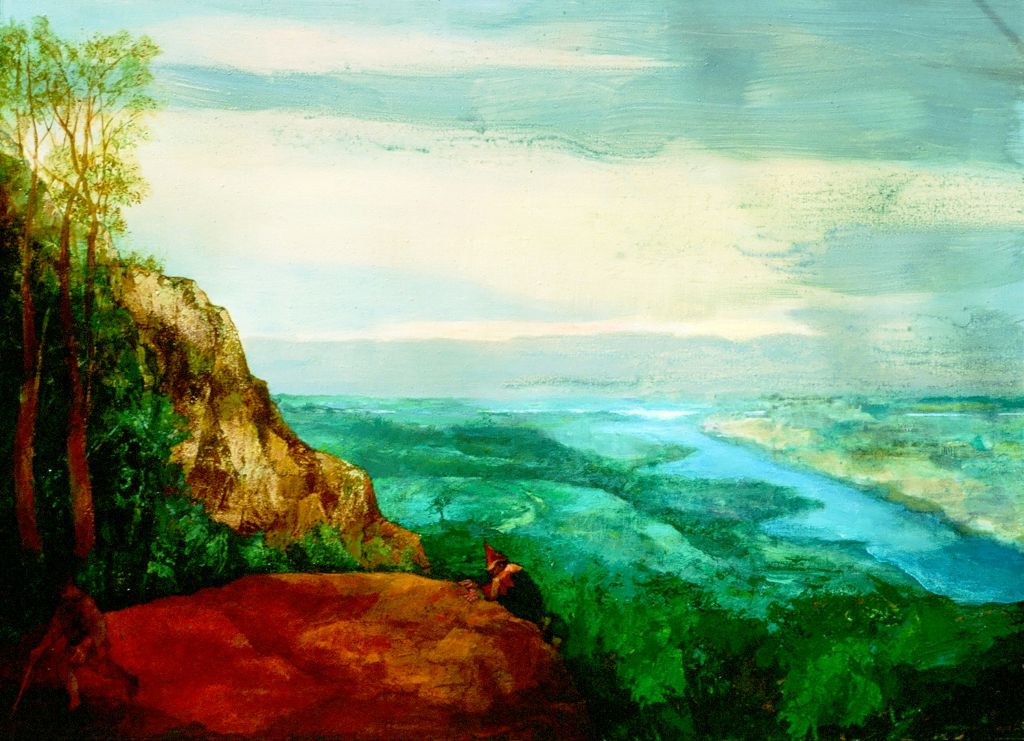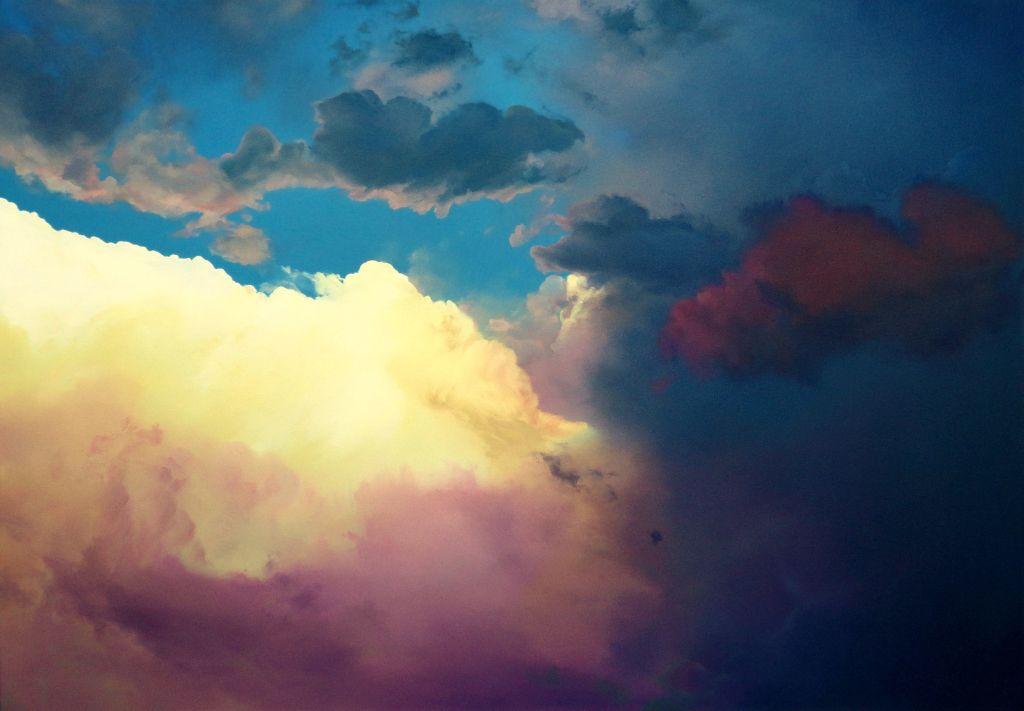-
Title
Suspect
-
Artist
Cliff Garten
-
Location
Denver Police Crime Laboratory
-
Neighborhood
Civic Center
-
Year
2012
-
Artwork Type
Architectural Sculpture
-
Material
laser-cut aluminum
What People Are Saying
-

10 people say Photogenic
-

7 people say Thought Provoking
-

6 people say Family Friendly
-

6 people say Hidden Gem
-

4 people say Love it
About This Piece
Artist's Statement
Each sculpture for the Crime Lab is a purposeful pairing of two forms, as I quickly realized that what the lab does on a day-to-day basis is to match one piece of evidence against another. This is true at a human scale, such as a fingerprint, as well as at the most fine-grained scale; where digital archives are searched for a DNA match. "Bullet" in the central atrium references ballistics — the mark of a firing pin or the riffling of a barrel and its bullet. I thought that the record of motion and friction in the materials and images I saw in the ballistics lab are similar to sculpture, where material is transformed and a new state of matter is observed. Like sculpture, these observations can be quite visceral and quite intuitive. The narrowing down of evidence now extends to the very substance of genetic material. "Suspect" in the north atrium is composed of two inverted strands of spiraling material, that imply an infinite motion whose process ends, in the view of the Crime Lab, when the two strands are matched through the Lab’s immense computerized data base, as demonstrated for me during my visit.
Responding to the work that goes on within the Lab also means using the sculpture to respond to the architecture itself. The buildings are designed so that the circulation around a north atrium visible from the street and a central atrium inside the building insures that everyone sees everyone who works in the building. It was clear to me that these atriums offered maximum impact for the sculpture within the collaborative nature of the Crime Lab. The atriums also had the advantage of scale, allowing the sculpture to run through the building over 38’ in the case of the north atrium. Perhaps more importantly, these spaces allowed the sculpture to interact with light, both natural and LED. Energy efficient LED lights are placed throughout the atrium to illuminate the sculptures by day and night. During times of shadow in the atriums or at dusk, the sunlight influences the LED light, producing a subtle glow to the sculptures with each changing hue.




